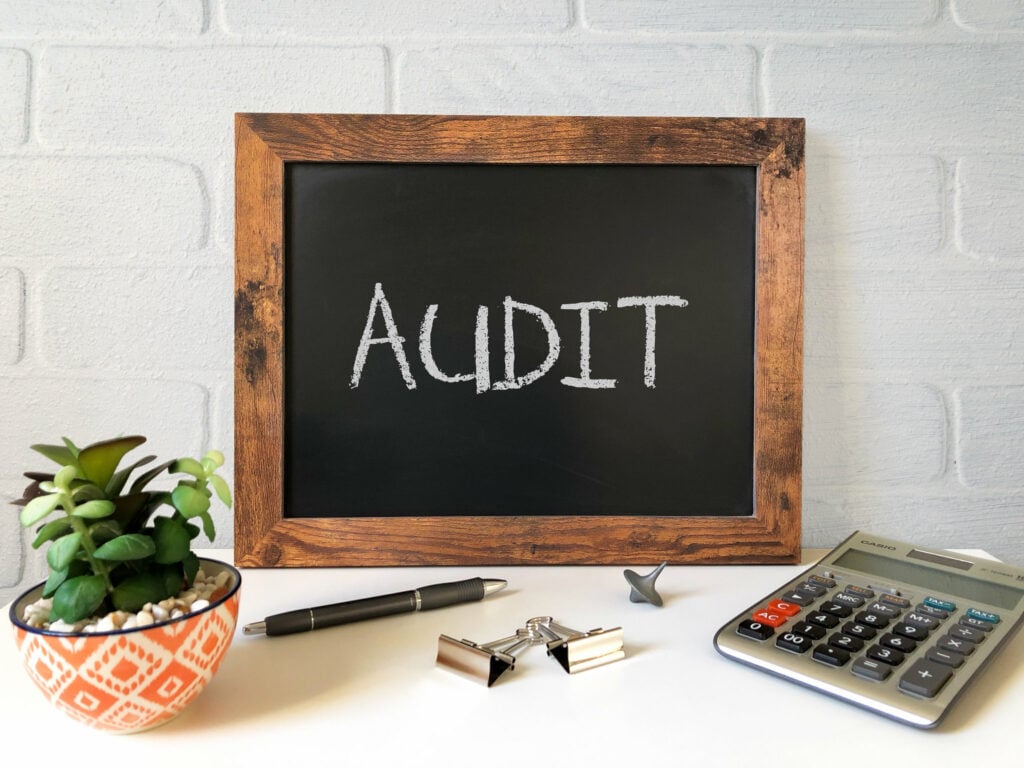A social media audit is important for any business that wants to make the most of its online presence.
If you want to improve your company’s image or assess how well your current social media efforts are performing, then an audit is the way to go!
Are you responsible for a company’s social media accounts or involved in any way with social media? If so, you’ve come to the right place!
In this blog post, we’ll explain what a social media audit is, free social media audit tools, and outline the steps involved in conducting one.
Get the exposure you deserve and attract new followers to your Twitter account.
Table of Contents
What Is a Social Media Audit?

A social media audit is when you review your social media platforms and ensure that everything is up-to-date and accurate. This includes making sure your bio is accurate, your profile picture is still a good representation of you, your contact information is correct, and all your links are working.
This audit is an important tool for businesses and individuals who want to look closely at their social media presence. It can help you to identify which platforms you’re using, how often you’re posting, and who your audience is. For businesses, a social media audit can be a valuable measure of the return on investment for your social media activities.
For individuals, an audit can help you to understand how much time you’re spending on social media and whether it’s having a positive impact on your life. Regardless of your reason for conducting an audit, it’s important to approach the process with a clear plan and specific goals in mind. Otherwise, you risk feeling overwhelmed and uncertain about where to start.
How to Organize a Social Media Audit?

A social media audit aims to understand how each platform fits into your larger social media strategy and identify areas where you can improve.
Here are seven steps you can follow to conduct a successful audit:
Identify your social media goals
One of the most important aspects of conducting a social media audit is identifying your goals online. What do you hope to achieve through this process? Are you looking to improve your online presence, engage with your target audiences, or both?
Once you clearly understand your goals, you can begin to assess which platforms are best suited to help you achieve them. For example, if you’re primarily interested in engaging with your audience, platforms like Twitter and Facebook may be more effective than those focusing on visual content, like Instagram.
Conversely, if your goal is to improve your online presence, platforms that allow you to share high-quality content and reach wider target audiences may be more beneficial.
By taking the time to identify your goals upfront, you can ensure that your social media audit is as effective as possible.
Inventory all your social media profiles
Make a list of every social media account you or your company owns. Include links, usernames, and passwords.
This helps you get a clear picture of your online presence and identify any areas that need improvement. When creating your list of social media profiles, be sure to include all the platforms where you have an active presence.
It includes any profiles on major social media networks like Facebook, Twitter, and LinkedIn and any social media sites relevant to your industry.
Evaluate each social media platform and identify any gaps
When conducting a social media audit, it is important to evaluate each social media profile individually.
Are there any social media platforms you’re not using but should be? Are there any platforms you use but have yet to see results from? Any content gaps?
It means creating a social media audit checklist and taking a close look at the type of content you are sharing, the engagement you are receiving, and the overall tone of your profile.
Analyze your social media metrics
Once you have identified any gaps in your social media presence, it is time to analyze your performance metrics.
Analyzing the performance of your social media content is essential to understand what type of content works for you and what doesn’t. Use social media analytics tools such as Google Analytics or Facebook Insights to gain valuable insights about your posts’ reach, likes, shares, comments, etc.
A close look at your social media metrics can help you understand which platforms are most effective for reaching your audience and driving engagement. It can also provide valuable insight into the age, gender, location, and interests of your followers.
Compare your performance to competitors
You must compare your performance with your competitors by analyzing the performance of similar brands on each platform to gain insights.
It helps you understand how you stack up against the competition. In other words, comparing your key performance indicator to that of your competitors can also help you identify any strategies they are using that you could incorporate into your own social media plan.
Set up a monitoring system
Once you have analyzed your performance metrics and compared yourself to the competition, it is time to set up a system for monitoring your social media presence.
It involves creating a system of alerts and notifications that will notify you when someone mentions or interacts with your brand on any of the platforms you are using and assess how well they’re doing regarding followers, likes, comments, shares, etc.
You can also review engagement rate metrics such as click-through rate (CTR) and conversion rate (CVR).
It will help ensure that no important conversations go ignored and allows you to respond quickly and appropriately.
Establish a clear social media strategy
Finally, after performing your social media audit, it is important to establish a clear and actionable social media strategy by creating a social media calendar. Plan out future content to ensure consistency and quality. Be sure to revisit your plan regularly to ensure it’s still relevant and effective.
It should include steps for creating content, engaging with followers, measuring results, and making adjustments as needed.
With a strong social strategy in place, you can ensure that your social media efforts are successful and lead to the desired results.
Free Social Media Audit Tools

Many free tools are available to help you conduct a comprehensive social media audit. These include:
– Hootsuite Insights
– Sprout Social
– AgoraPulse
– Buffer
Hootsuite Insights
Hootsuite tops the list of examples of social media audit tools. It provides detailed analytics and insights into your social media performance, including a breakdown of the audience demographics of your followers.
Sprout Social
Here is another tool that offers a comprehensive suite of tools for tracking and managing your social media accounts. It also allows you to compare your performance to that of competitors.
AgoraPulse
This platform provides detailed social media reports on your social media performance, as well as tools for managing multiple social accounts.
Buffer
Buffer offers a variety of analytics and reporting capabilities, as well as the ability to schedule social media posts in advance.
Conclusion
As you can see, social media audits are an important part of any social media strategy.
By regularly auditing your social media accounts, you can identify problems and opportunities, make changes to your strategy, and track the results of those changes.
If you’re not sure where to start with your social media audit, we can help. Our team at Tweenvy has years of experience conducting audits for clients in all industries.
Contact us today for more information on how we can help you get the most out of your social media presence.
- Should You Buy Twitter (X) Followers in 2024? - May 23, 2024
- The Best Twitter Growth Strategies for 2024 - May 23, 2024
- How to Promote Your Tweets and Improve Twitter (X) Impressions - April 22, 2024

